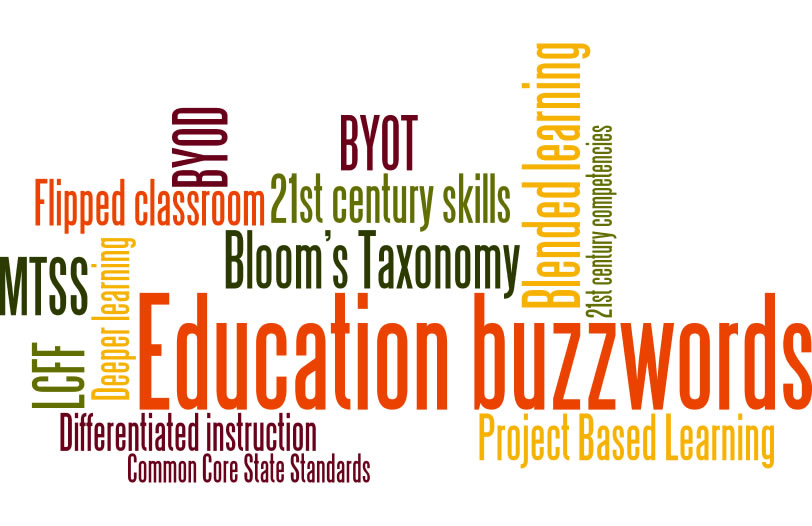 Every field has its fair share of jargon, but education seems to take it to a new level. Buzzwords and acronyms are used often in the learning community and it’s important to keep up with the lingo — especially if you’re a parent navigating through the ever-changing educational landscape. Test your knowledge of school terminology with these common buzzwords and acronyms.
Every field has its fair share of jargon, but education seems to take it to a new level. Buzzwords and acronyms are used often in the learning community and it’s important to keep up with the lingo — especially if you’re a parent navigating through the ever-changing educational landscape. Test your knowledge of school terminology with these common buzzwords and acronyms.
- 21st-century skills is a label used to describe the soft skills beyond reading, writing and arithmetic that all students need to master, broken down into four competencies referred to as the 4Cs: critical thinking, creativity, communication and collaboration. Some educators also include a fifth C – character.
- Bloom’s Taxonomy is a classification of learning objectives in a hierarchy of six levels of complexity: remembering, understanding, applying, analyzing, evaluating and creating.
- BYOD stands for Bring Your Own Device. This movement encourages each student to bring a personal smartphone, tablet or laptop to use in class for educational purposes. The idea is to personalize learning and engage students. BYOT (Bring your own Technology) is used as well.
- Common Core State Standards have been adopted as California’s newest instructional standards, outlining what students should know and be able to do in English-language arts and mathematics from kindergarten through the 12th grade. They were designed to prepare students for college and career success, and you can learn more here.
- Deeper learning is the process of learning for transfer. It enables an individual to take what was learned in one situation and apply it to new situations. This transferable knowledge is referred to as 21st-century competencies that include cognitive, intrapersonal and interpersonal domains.
- Differentiated instruction offers students a variety of options in how they complete assignments, what materials or curriculum they use to do the work, and how they show their understanding. It implies that the teacher is personalizing and varying the instruction to meet the different ability levels and learning styles of each student.
- Flipped classroom is a form of blended learning in which students learn new content online or electronically by reading or watching video content to gather knowledge. Students may interact and discuss their learning with one another before coming to class. The teacher then acts as a facilitator in the classroom to help students gain a deeper understanding of the content with which they have interacted.
- LCFF (Local Control Funding Formula) refers to a new funding formula for California schools. The LCFF provides greater flexibility to school districts on how to use the money and allocates more funding to schools based on the number and concentration of English-language learners, low-income and foster youth.
- MTSS (Multi-Tiered System of Supports) refers to a system within a school that identifies any student who needs help, not just academically but also behavioral and social-emotional. The support system determines how to help students, both in the classroom and out of school, with regular checks to determine whether the assistance is working and what follow-up steps are necessary.
- PBIS (Positive Behavioral Intervention and Supports) is a framework of evidence-based interventions designed to promote positive social behavior. Experts say it also contributes to improved academic performance.
- Project-based learning is an approach to teaching students through inquiry as they actively explore authentic real-world problems, complex questions and challenges to acquire deeper knowledge.
